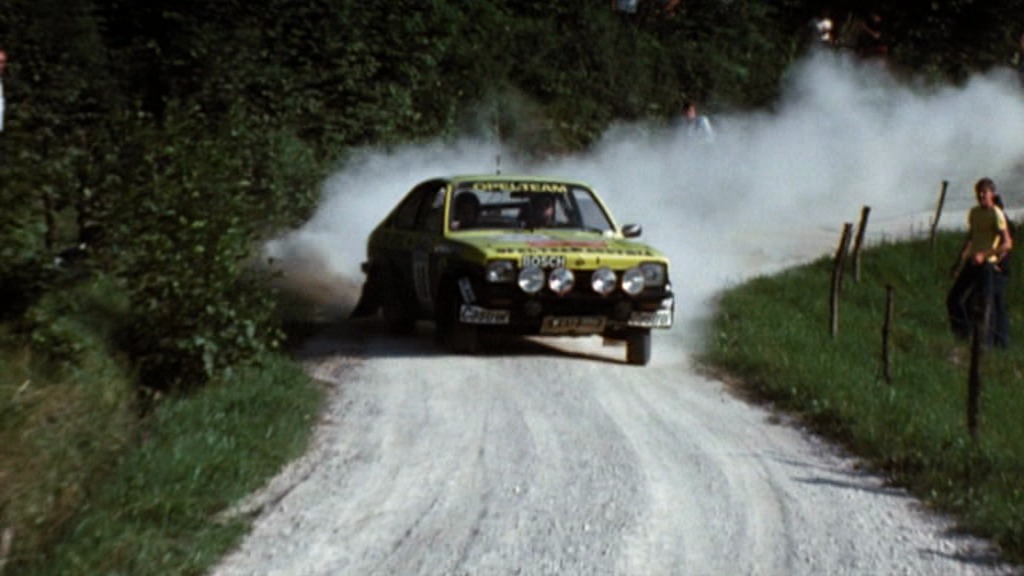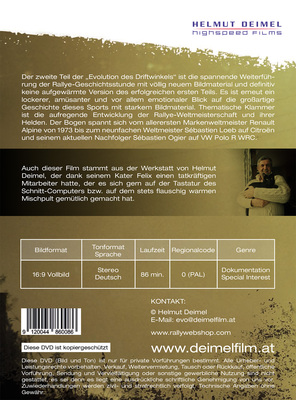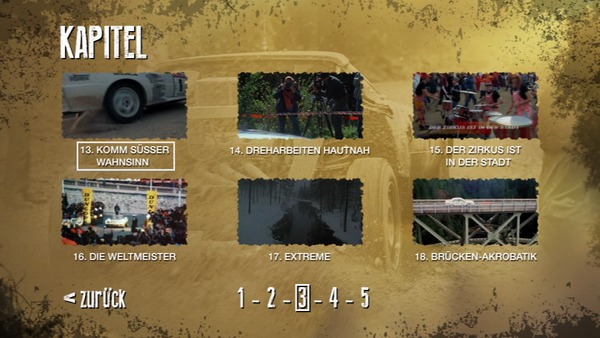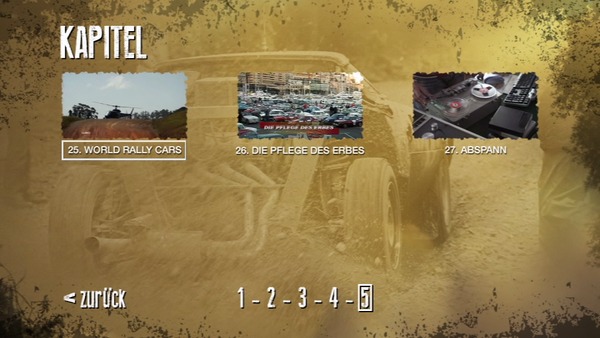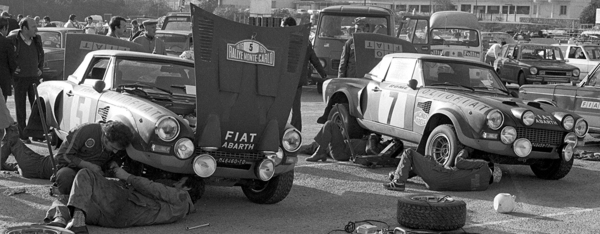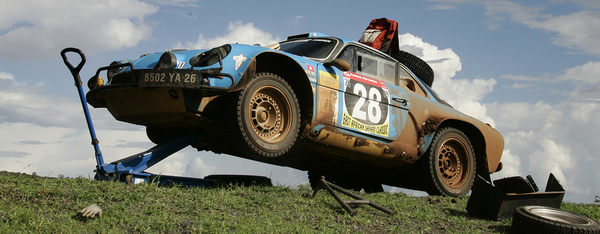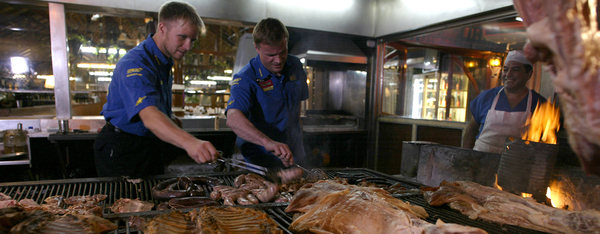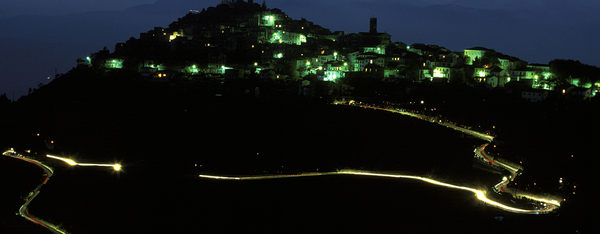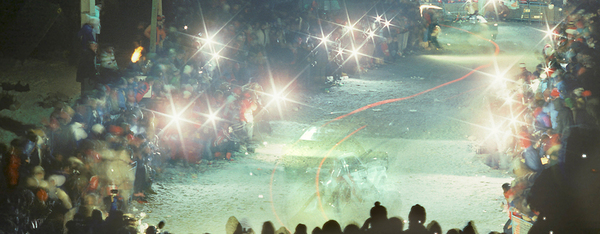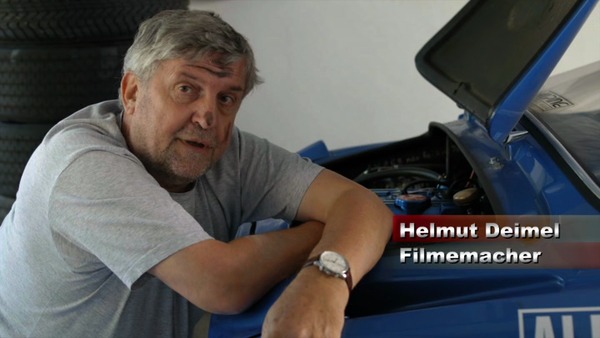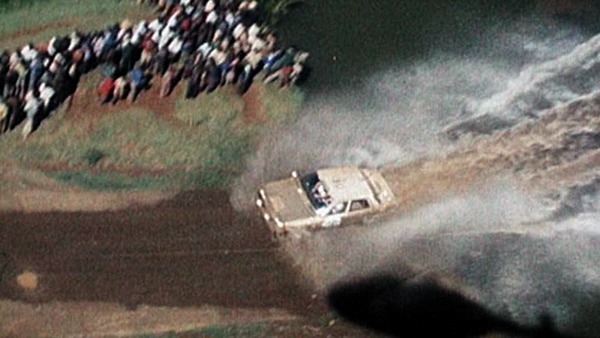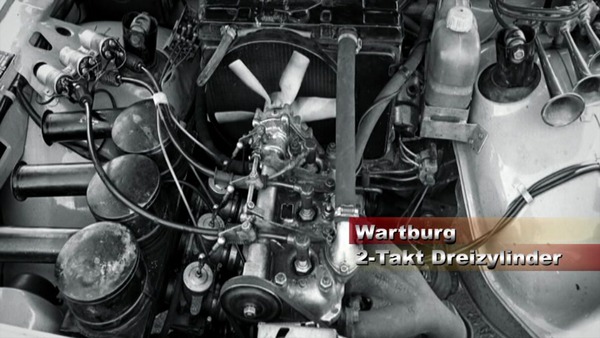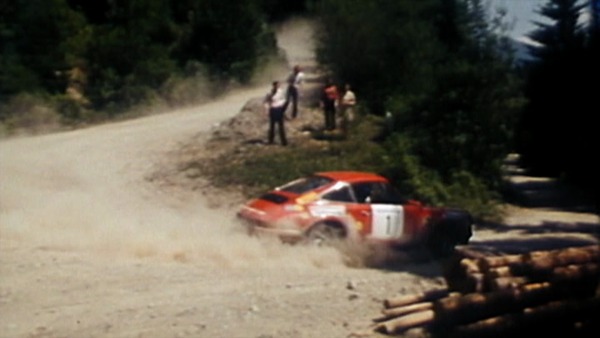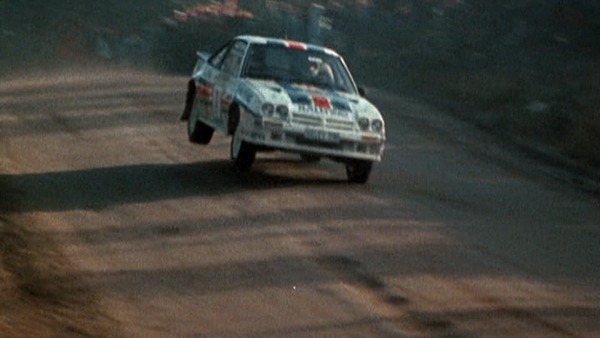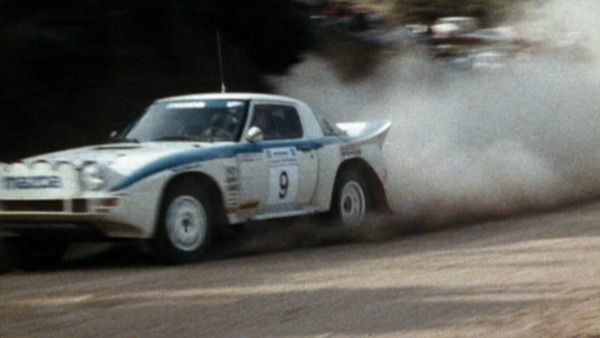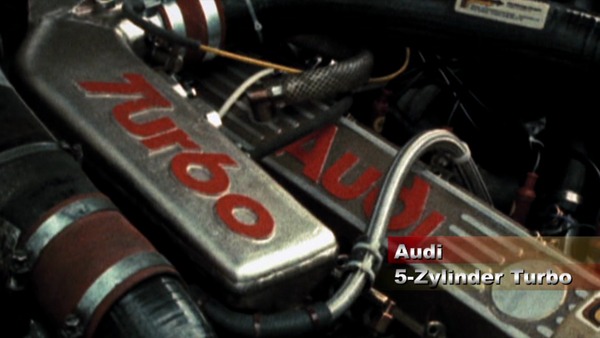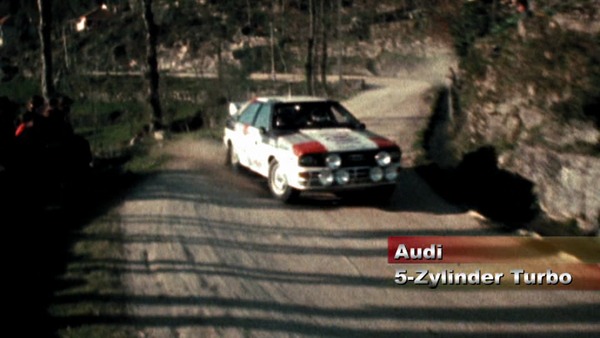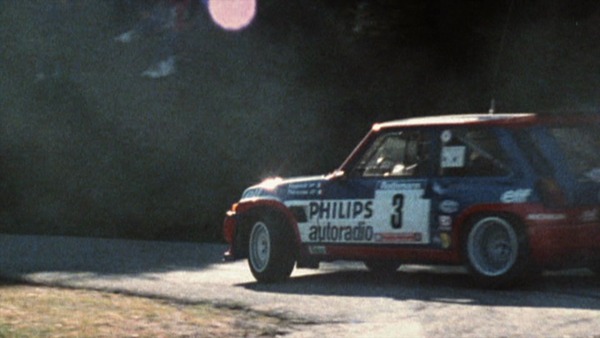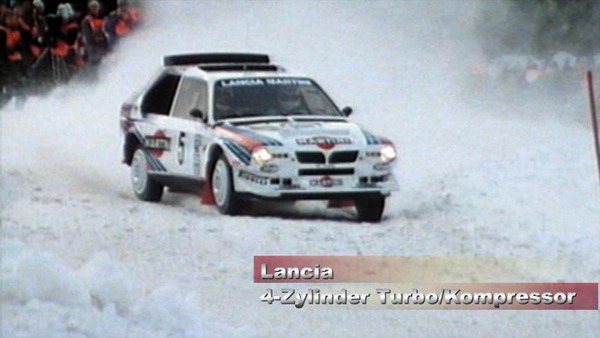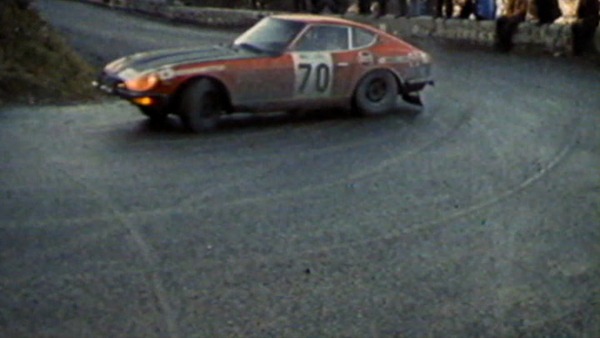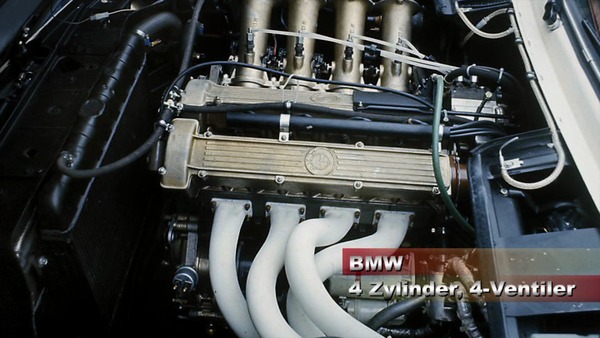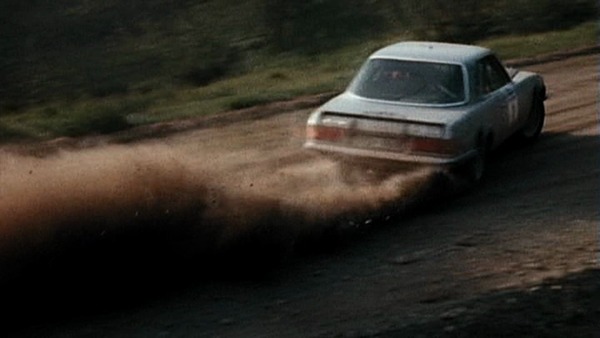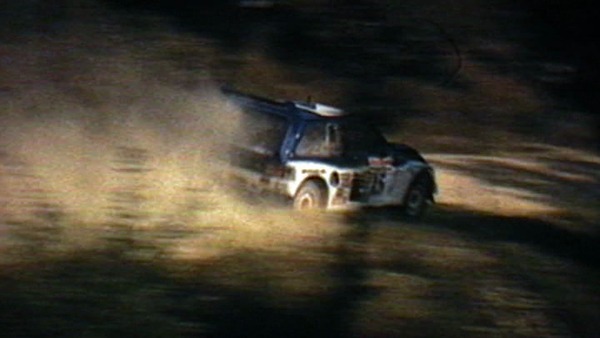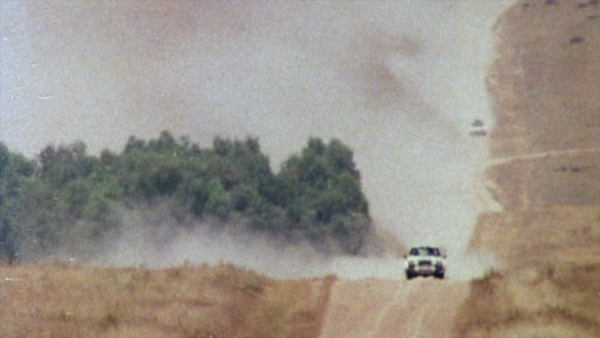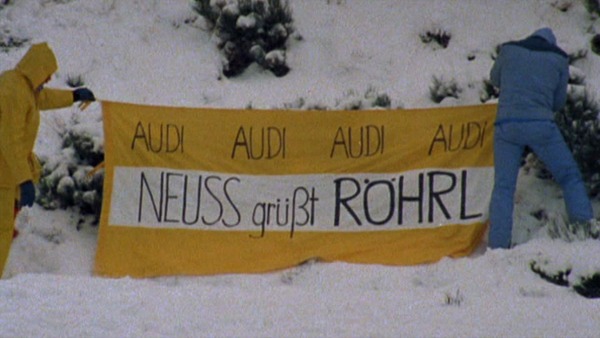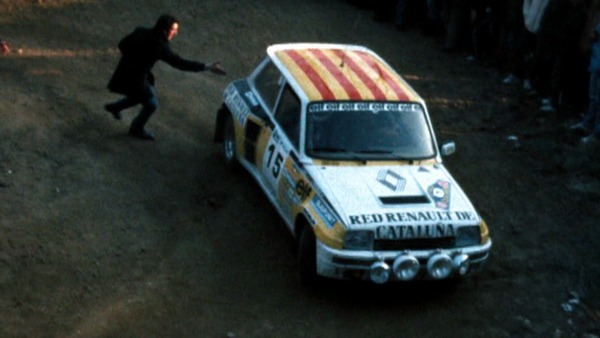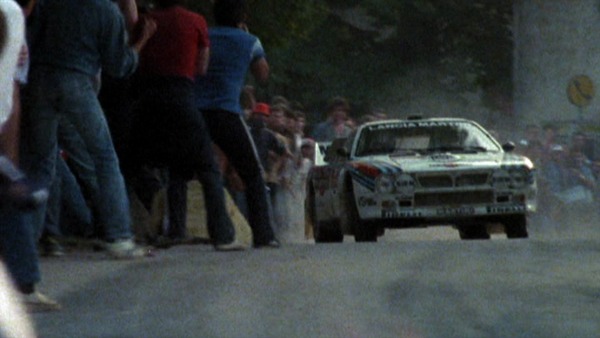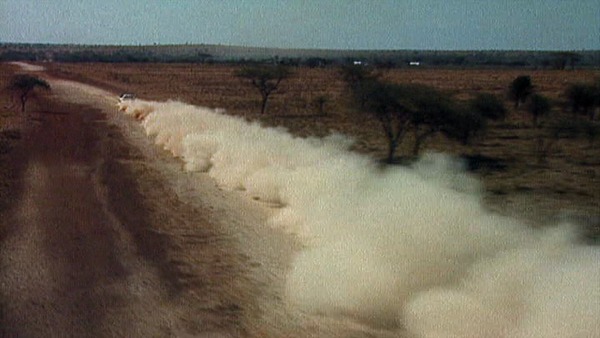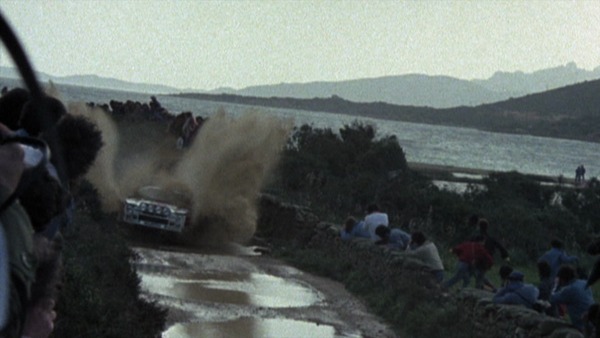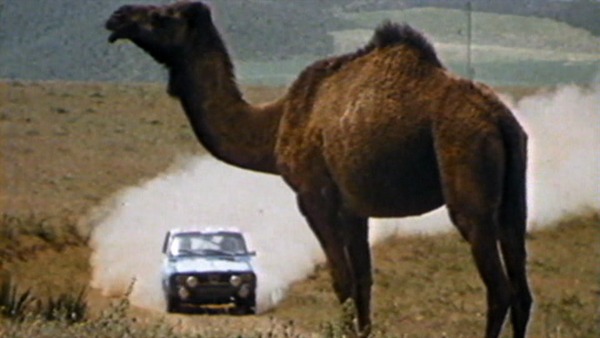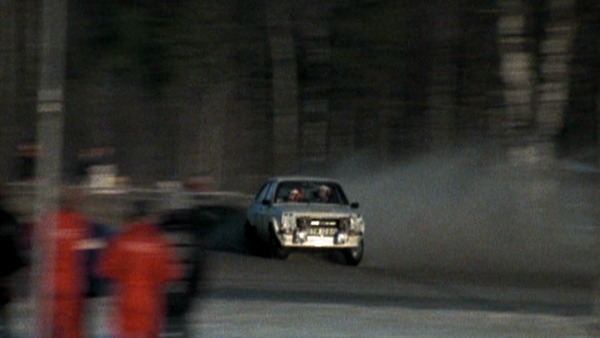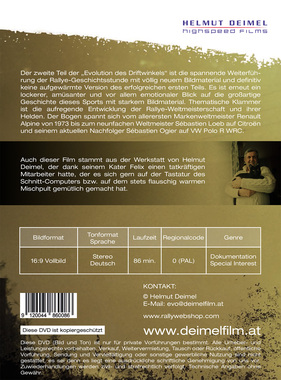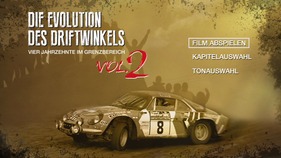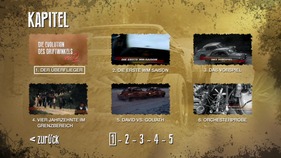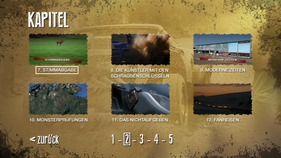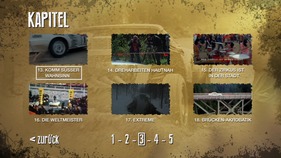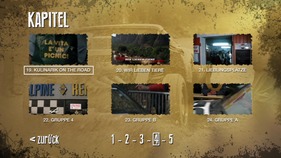Why should you still buy rally films on DVD or Bluray when there are thousands of films uploaded by rally fans on YouTube and Vimeo? Many people are probably asking themselves this question these days, but the answer is very simple and can best be compared to photography: Anyone can actually afford a digital SLR camera these days, the images are sharp, have rich colors and a high resolution. However, in order for the subject in the photo to really come to life and for the photo to tell a story, it takes a lot of experience, artistic talent and a good deal of flair to capture the atmosphere in the photo.
The same applies to films. And Helmut Deimel is one of those filmmakers who know exactly how a motorsport film has to be made in order to be gripping and entertaining. You could pause the movie at any point and you would have a perfectly staged photo. This art of creating a film with photographic quality is something you just don't find on YouTube, so I'm all the more pleased that films like this one are still available to buy.

Part 2 is also full of rally action
Helmut Deimel's rally documentary "The Evolution of the Drift Angle", released in 2001, is still considered one of the best motorsport films of all time. While the first part focused very broadly on the sport of rallying, the second part spans the exciting development of the World Rally Championship, from the very first one-make world champion in 1973 Renault Alpine to nine-time world champion Sebastien Loeb and his current successor Sebastien Ogier.

No lukewarm rehash of the first part
"The Evolution of the Drift Angle Vol. 2" looks back at the history of the World Rally Championship with almost exclusively unseen footage. This second part is therefore not an improved version of the 2001 film, but surprises with exclusively new film sequences. Filmmaker Helmut Deimel shows these in a relaxed, amusing and above all emotional way, divided into 26 interesting chapters.

Diversity of car brands
In his usual entertaining way, Deimel also talks about the enormous variety of car brands, the unusual technological solutions and the incredible achievements of the mechanics, who breathed new life into the battered cars in all weathers, day and night, and drove their own race from one service point to the next.

Fans' favorite locations
The film often provides wonderful insights into the often crazy world of rally fans, who go to almost any lengths to be there. The film takes the viewer to the fans' favorite places - such as the legendary Col de Turini, the Chiusdino pass in Tuscany or the spectacular "Colin's Crest" at the Sweden Rally.

An amateur filmmaker at the World Championship
During a sequence in the film, Helmut Deimel explains that he was so fascinated by the blue Renault Alpine on Austrian gravel in 1973 (and not just by him!) that as a young filmmaker he very quickly devoted himself to this sport as a filmmaker.

You saw virtually nothing about the World Championships on television, which made it all the easier for media professionals to film wherever they wanted. Even amateur filmmakers were invited to the events. A relaxed atmosphere that many people probably miss today and that allowed for boundless creativity back then.

David against Goliath
Another reason why early rallying was so exciting was that basically anyone could take part in rally races with their road car, which they had tuned a little for racing. This meant that there were often duels between normally outstanding works cars and small private cars, which were particularly popular with the public.

For example, Franz Wittmann in an Opel Kadett, when he challenged and sometimes even beat the works Lancia Stratos on Italian gravel.

When your profession becomes your life's work
When something becomes a person's life's work, it is not only because that person devotes themselves to the subject day and night, but also because they approach and document it thematically at all levels and perspectives. Helmut Deimel is no different, and that is what makes his films so special. He not only films the rally cars during the races, but also the drivers before and after the races, the fans and, of course, the technology.
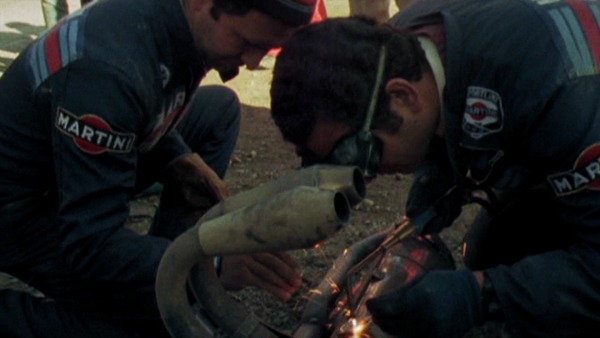
An orchestra of engine sounds
The variety of engines used at the time, from two to eight cylinders, with or without turbo, supercharger or Wankel technology, created a firework display of engine sounds, an orchestral variety that can no longer be experienced in motorsport today.
This makes it all the more enjoyable to listen to the sequences in which Helmut Deimel presents the most famous engines in sound and vision - a feast for the ears and eyes!
Ferrari 6-cylinder (in the Lancia Stratos), Alfa Romeo 6-cylinder...
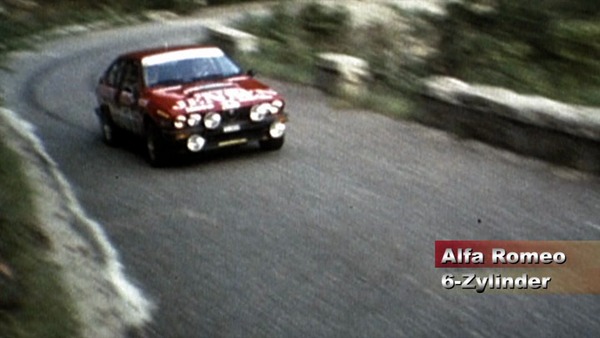
... Subaru 4-cylinder boxer, VW 4-cylinder boxer, Porsche 6-cylinder boxer, Opel 4-cylinder 4-valve, Mazda RX7 Wankel engine, Audi 5-cylinder turbo, Lancia 4-cylinder turbo, Saab V4, Toyota 4-cylinder turbo, Renault 4-cylinder turbo, Lancia 4-cylinder turbo/compressor...

... Lancia 4-cylinder naturally aspirated, Triumph TR7 V8, Datsun 6-cylinder, BMW 4-cylinder 4-valve, Mercedes 8-cylinder, Austin Rover 6-cylinder... they were all meticulously filmed, documented and, in this case, shown without commentary.
Everywhere, endless footage
Another chapter begins with a look at the glossy pit facilities of today's rally teams, where multi-storey tents are set up with an integrated gourmet restaurant, relaxation lounge and clean workshops. Isn't there something missing? Of course! Helmut Deimel reminds us of how it used to be when the mechanics would lie under the car in the wind and rain, with oil in their hair, replacing entire gearboxes without any factory support!

In the middle of the jungle
Particularly impressive are the shots of the then famous extra-long special stages, such as the 800km long desert stage called "Transmarocaine" or the Ivory Rally San Pedro, where the route led through the densest jungle... Breathtaking shots!

Feels like four hours
The film, which lasts a good hour and a half, feels like a four-hour action movie, the scenes are so tightly strung together, so many impressions are shown within seconds and the most diverse aspects are illuminated. As already mentioned at the beginning of this article, some will probably claim that in the age of YouTube and Vimeo you can watch enough rally films for free on the Internet, but one thing is certain: none of them will reach the quality of a Helmut Deimel film. In any case, we are absolutely thrilled!
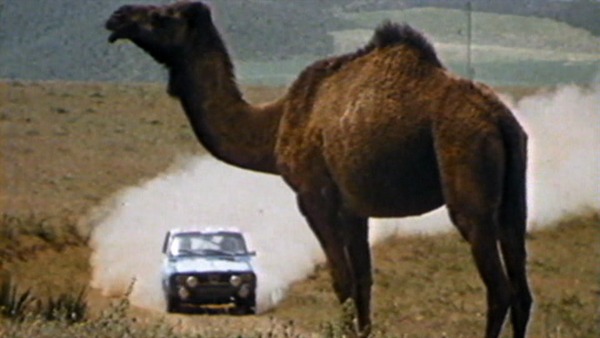
Movie Trailer
Further information about the movie
- Director: Helmut Deimel
- Order DVD: At McKlein Store, Amazon or directly from the publisher Highspeed Films
- Format: PAL DVD
- Picture format: 16:9
- Sound format: Stereo
- Region code: 0 (All regions)
- Running time: 86 minutes
- Language: German
- Retail price: 29,90 Euro
